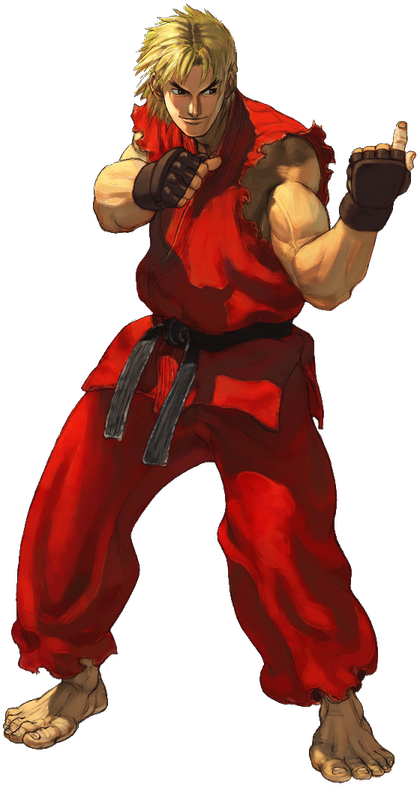
Akiman knew the 2D graphics couldn’t win against that and believed the only way SFIII could compete was by making something that would go down in the annals of gaming history. By the time SFIII started development Virtua Fighter was already dominating the arcades. The reason it became a Street Fighter game was due to Capcom's fighting games outside of Street Fighter not selling well at the time and because the new characters didn’t have a lot of personality. The name was changed once they were told that there were movies and TV dramas called "New Generation", it then became a Street Fighter title once Akiman joined the development team.

Producer and director Tomoshi Sadamoto began talking about New Generations in 1994, but the development was pushed to 1995 due to most of the staff working on Darkstalkers. A third version, titled Street Fighter III 3rd Strike - Fight for the Future ( ストリートファイターⅢ サードストライク, Street Fighter III 3rd Strike - Fight for the Future ?), was released for the arcades in 1999. Street Fighter III was followed by an updated version released during the same year titled Street Fighter III 2nd Impact - Giant Attack ( ストリートファイターⅢ セカンドインパクト, Street Fighter III 2nd Impact - Giant Attack ?), which introduced a few new features and characters. Bison's role from the previous games as the new boss character. Likewise, a new antagonist named Gill took over M. The game, which was designed as a direct sequel to the Street Fighter II series, discarded all the original characters, with the exception of Ryu and Ken, with an all-new character roster led by Alex (hence the " New Generation" subtitle). Produced for the CD-ROM-based CPS III hardware, which allowed for more elaborate 2D graphics than the CPS II-based Street Fighter Alpha games, while revamping many of the recurring gameplay features.

Raster, 384 x 224 (horizontal), 32768 colors Street Fighter III - New Generation ( ストリートファイターⅢ, Sutorīto Faitā Surī ?) is a 1997 fighting game released for the arcade.


 0 kommentar(er)
0 kommentar(er)
